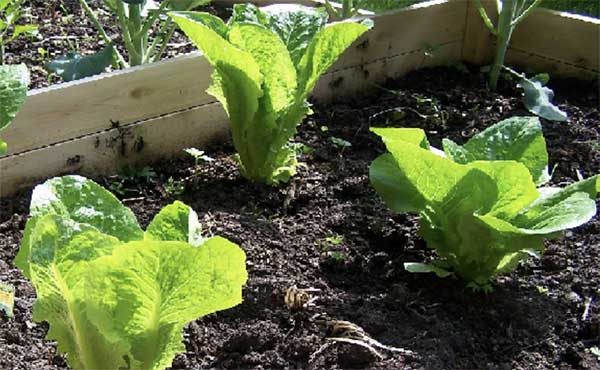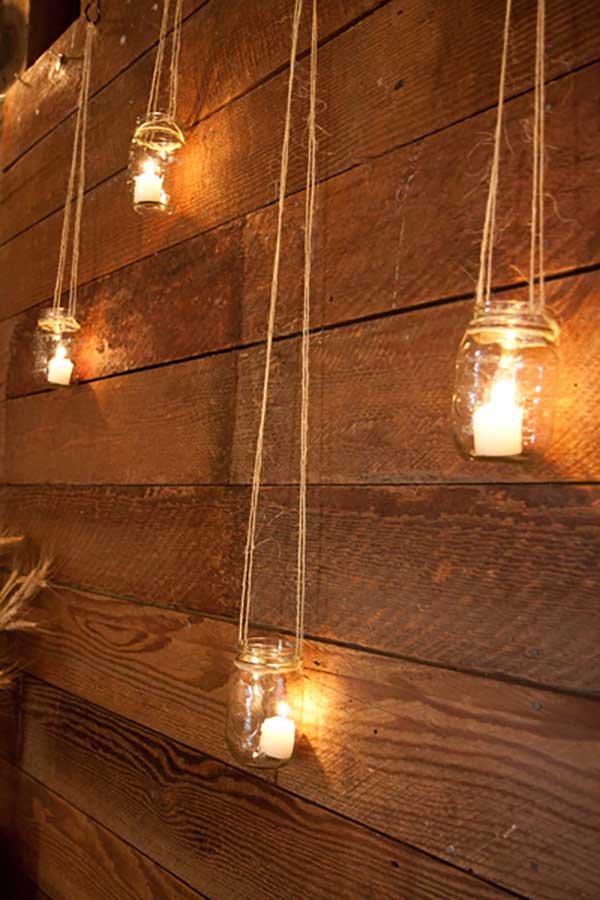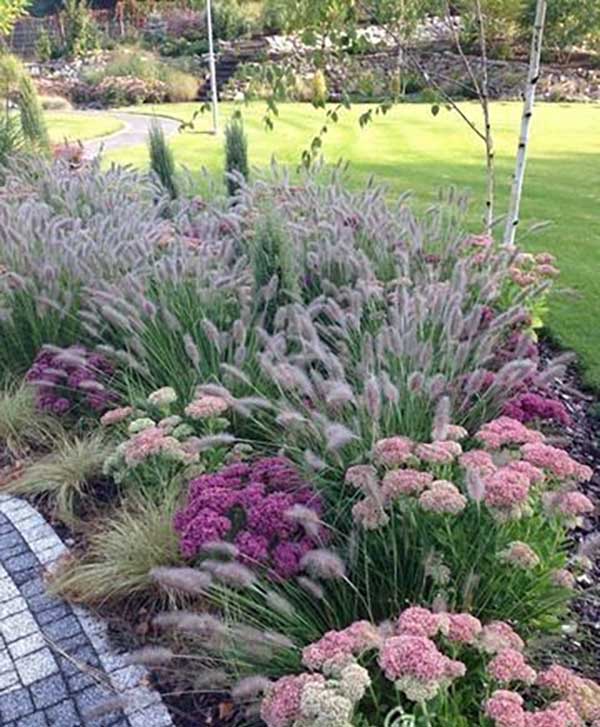Top 5 Tips for Growing Romaine Lettuce
Romaine lettuce is one of the most popular of all the four lettuce types. With a crisp head, loose leaf and butter head, Romaine lettuce is one of the hardiest salads. It can withstand both hot and cool climates.
The lettuce even tastes better when taken fresh from the garden. So it makes sense growing some in your garden. The good news is that growing romaine lettuce is easy.
In the post, I will share some important tips for growing Romaine lettuce.
Plant Romaine Lettuce in Cool Season
Romaine lettuce loves cool temperatures between 45 to 75 degrees F. It grows well in cool temperatures. But it can also tolerate some heat unlike other types of lettuce.
The best time to grow is the fall and spring. In spring, wait until all the frost has gone. Hot temperatures affect the plant’s flavor.
When temperatures are too hot outside, romaine lettuce will produce a milky substance. The substance will not harm you, but will affect how romaine lettuce tastes.
When conditions are not optimal for growth, you’ll notice changes in the plant’s shape. Changes in shape occur because the plant is bolting and only focussing on seed production.
Apply Lettuce Companion Plants
Lettuce companion plants are plants that are known to have a positive effect on the growth and health of lettuce. You need to plant them in the same garden bed. Some common lettuce companion plants include:
Radishes: Radishes are fast-growing plants that can be harvested in as little as 25 days. They also have a deep root system that helps to loosen the soil, making it easier for lettuce roots to penetrate and absorb nutrients.
Carrots: Carrots and lettuce have a mutually beneficial relationship. Lettuce provides shade for the carrots, helping to keep them cool in the hot summer sun. Carrots, in turn, help to improve soil structure and reduce the risk of pests and diseases.
Onions: Onions have a strong scent that can help to repel pests that might otherwise damage lettuce plants. They also have a deep root system that helps to improve soil structure and fertility.
Beets: Beets are another fast-growing plant that can be harvested in as little as 35 days. They also have a deep root system that helps to loosen the soil and improve drainage.
By planting these companion plants alongside romaine lettuce, you can help to improve the health and growth of your lettuce plants while also increasing the diversity and productivity of your garden
Ensure Proper Lettuce Spacing
Proper romaine lettuce spacing is important for several reasons. First, it helps to ensure that the lettuce plants have enough room to grow and develop properly. If the romaine lettuce are too close together, they may compete for resources such as sunlight, water, and nutrients, which can lead to poor growth and yield.
In addition, proper lettuce spacing can help to improve air circulation and reduce the risk of fungal diseases. By providing adequate space between lettuce plants, you can help to promote better air flow, which can help to prevent the spread of diseases.
Finally, proper lettuce spacing can also help to improve the overall appearance of your lettuce bed or garden. Lettuce plants that are spaced too closely together may become crowded and unsightly, while plants that are spaced too far apart may look sparse and unbalanced. By paying attention to the spacing of your lettuce plants, you can create a more attractive and functional garden or bed.
Grow Romaine Lettuce in Nutrient-rich Soil
Rich nutrient soil is crucial for high romaine lettuce yields. You can make soil nutrient rich by creating a sandy loam soil mix. Romaine lettuce can also be grown in 100% compost. Such composts are usually nutrient rich.
Adding compost or well-rotted manure to soil helps improve its structure and fertility. Romaine lettuce prefers a well-draining soil with a pH between 6.0 and 6.8. You can also help fertilize the plant after every 2-4 weeks with a liquid fertilizer.
Harvest When Leaves are Crisp and Mature
The best time to harvest romaine lettuce depends on the variety and the growing conditions. In general, romaine lettuce is ready to harvest when the leaves are crisp and the plant has reached its mature size. You can test the readiness of the lettuce by gently pulling on a leaf. If it comes off easily, the lettuce is ready to be harvested.
If you are growing romaine lettuce in a cool climate, it may be ready to harvest in about 60-75 days after planting. In warmer climates, it may be ready to harvest in as little as 45 days.
It is generally best to harvest romaine lettuce in the morning when the leaves are crisp and cool. Avoid harvesting romaine lettuce in the heat of the day, as this can cause the leaves to wilt.
To harvest the lettuce, use a sharp knife or scissors to cut the outer leaves close to the base of the plant. Avoid damaging the inner leaves, as these will continue to grow and produce more lettuce.
You can also harvest the entire plant by cutting it off at the base, leaving about an inch or two of the plant in the ground. This will allow the plant to regrow and produce a second crop of lettuce.
For the full details of growing romaine lettuce step by step, I learned a lot from this great source and recommend you to follow: https://backyardgardenersnetwork.org/how-to-grow-romaine-lettuce/.





